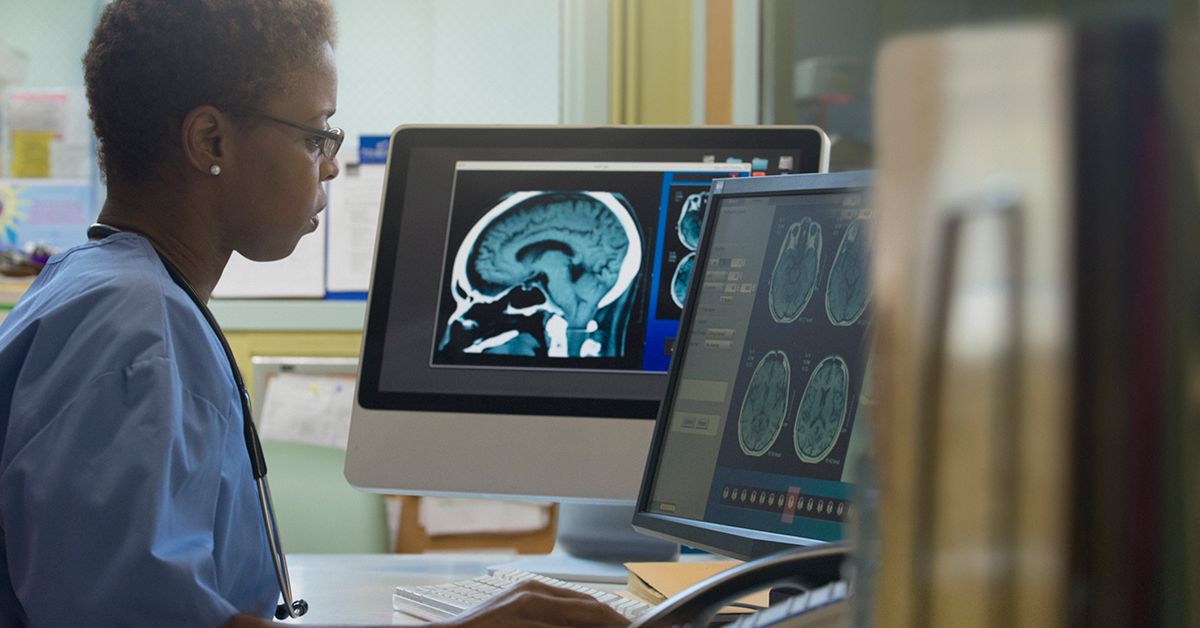Play all audios:
Muscular dystrophy and multiple sclerosis can affect mobility, breathing, speaking, and muscle control. But they have distinct causes, affect different parts of the body, and have other
differences. Although muscular dystrophy (MD) and multiple sclerosis (MS) may seem similar, the two disorders are different. They have some symptoms in common but affect the body in
different ways. MD and MS also have different causes and outlooks. Muscular dystrophy (MD) vs. multiple sclerosis (MS) Muscular dystrophy (MD) is a group of genetic disorders that gradually
weaken and damage the muscles. With MD, the protective membrane around the muscle fibers becomes damaged, damaging and destroying the muscle fibers. The reason for this varies by the type of
MD. MD is a progressive disorder that gradually worsens as muscle fibers die. MD can affect different parts of the body and become life threatening. Multiple sclerosis (MS) is a central
nervous system disorder that affects the brain, spinal cord, and optic nerve, which is responsible for vision. The disorder disrupts communication between the brain and body and within the
brain itself. It’s an immune-mediated disorder, which means it results from an immune response in which the body’s immune cells mistakenly damage the body. With MS, people can experience
periods where symptoms are reduced or disappear (remission) and periods where symptoms worsen (relapse). MS is not fatal. CAUSES People develop MD due to specific genetic alterations in: *
the gene involved in making proteins that protect muscle fibers from damage * genes in the muscle fibers themselves * genes in the connective tissue surrounding muscle fibers The cause of MS
is unknown, but researchers believe it may develop due to a combination of genetic and environmental factors, potentially including viral infections. Doctors consider it an autoimmune
disease in which the immune system destroys myelin. This is a fatty substance that protects brain and spinal cord nerve fibers. TYPES MD refers to a group of about 30 disorders, depending on
the part of the body affected. These include: * Duchenne muscular dystrophy * Becker muscular dystrophy * type 1 and 2 myotonic dystrophy * ophthalmoplegic muscular dystrophy * limb-girdle
muscular dystrophy * facioscapulohumeral muscular dystrophy * congenital muscular dystrophy * distal muscular dystrophy MS is a single disease with four types. These are: * clinically
isolated syndrome (CIS) * relapsing-remitting MS (RRMS) * secondary progressive MS (SPMS) * primary progressive MS (PPMS) SYMPTOMS Symptoms of the most common type of MD (Duchenne) begin in
early childhood. Other types can occur from infant to adult. Different forms of MD weaken different muscle groups that can affect: * breathing * swallowing * standing * walking * heart
function * joints * facial muscles * spine * other muscles and body functions According to the National Multiple Sclerosis Society, the average age of onset is 20-40 years old. But children
can also develop MS. The effects of MS are different for everyone but common symptoms include: * pain * fatigue * muscle spasticity or tenseness * issues with vision * memory * hearing *
speaking * breathing * swallowing * balance * muscle control * bladder and bowel control * sexual function * other body functions TREATMENT MD and MS have no known cure, but treatment can
manage symptoms and slow progression. Treatment for MD may include: * medications to slow muscle degeneration, such as steroids and immunosuppressive drugs * gene therapy drugs * medications
to treat symptoms * therapy, including physical, occupational, and speech * devices to help maintain their mobility and respiration Treatment for MS may include: * disease-modifying
treatments, which can reduce the inflammatory response * medications to reduce the severity and frequency of relapses, such as steroids * other medications to treat symptoms, such as pain
relievers, medications for fatigue or spasticity, and others * devices, such as canes, to support mobility * complementary therapies, such as yoga, acupuncture, and others OUTLOOK MD
typically affects a person’s life expectancy. As the muscles become damaged and treatments become less effective, MD becomes fatal. The life expectancy can vary by the type of MS. Though MS
can affect a person’s quality of life, the disease is not typically fatal. A person with MS has a life expectancy similar to those without MS. Frequently asked questions IS MS THE SAME AS
MUSCULAR DYSTROPHY? MS and muscular dystrophy are different disorders that affect different parts of the body and have different outcomes. MS affects the brain, spinal cord, and optic nerve.
Muscular dystrophy affects muscle groups in the body. CAN YOU HAVE MUSCULAR DYSTROPHY AND MULTIPLE SCLEROSIS? It is possible for people to have a form of muscular dystrophy and also develop
MS. However, it is rare. WHAT ARE 3 SIGNS OF MUSCULAR DYSTROPHY? Early indicators of muscular dystrophy can include weakness in a specific muscle group, such as the legs, arms, or facial
muscles, frequent muscle pain, and frequent muscle stiffness. Takeaway While MD and MS may have similar symptoms, they are different in how they affect the body. MD affects the muscles. MS
affects the central nervous system. While MD is life threatening, MS is not. There’s no known cure for either disorder, but treatment can help manage symptoms and slow disease progression.

